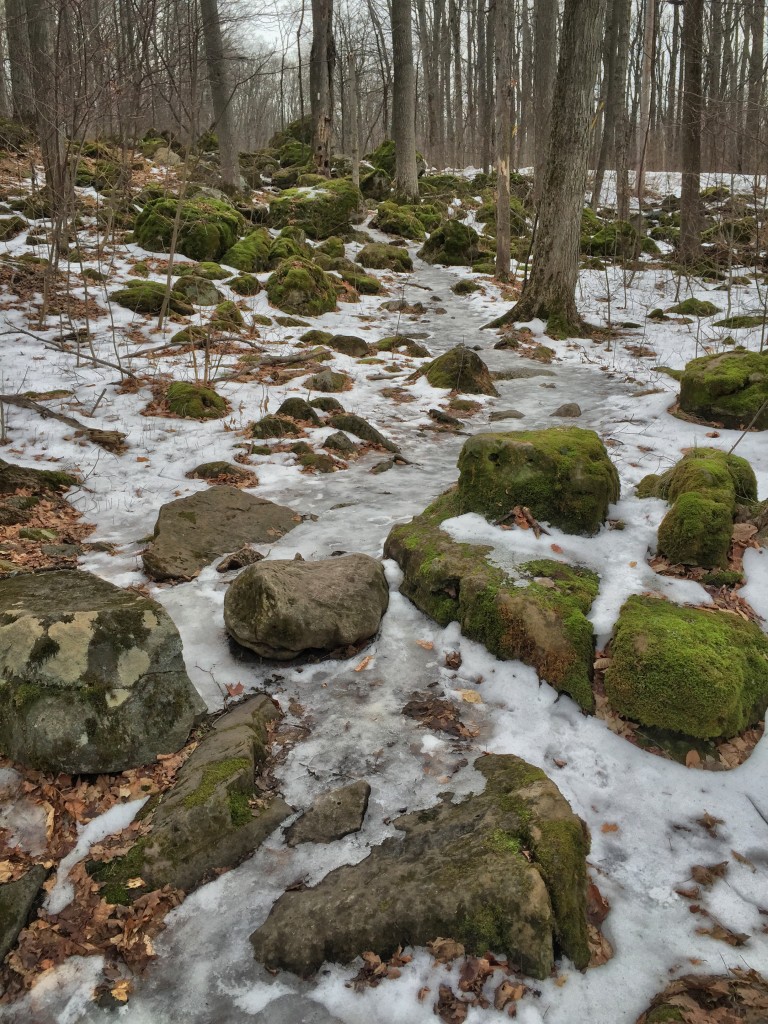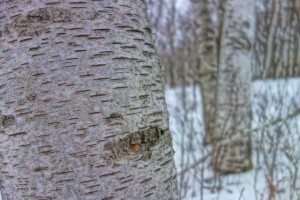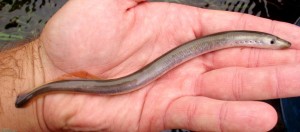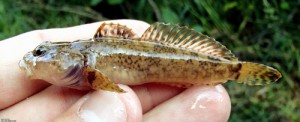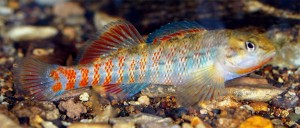Our next field trip will be a Geology and Geomorphology Field Trip on Saturday Feb 13th. If you are a member of the Upper Credit Field Naturalists Club, you should have received a more detailed notice. If you are not a member … well …
Our goal is to help us all learn how to see our local landscape in a way that’s more inter-connected and explicable than just seeing it as pretty and hilly.
We’re going to look first at the general area of the old Orangeville brickworks, and get some idea of how that mix of clay and marl was deposited some 12,000 years ago. That involves learning about the Alton moraine plug that was dropped by the last glacial advance in this area when a lobe of ice temporarily moved back northwest across what is now Lake Ontario during a brief period of regrowth of the otherwise retreating glaciers. Then we’ll wander across that moraine plug of hummocky hills north and west of Alton, training our eyes to the particular look of end moraines.
So far, this will be studying geomorphology, here focusing on the effects of glaciers in this area. Our next major stop will be down in the Belfountain area, when we take a brief hike across remarkable bouldery terrain to the Devil’s Pulpit overlook for a stunning look at how the glaciers roughly carved the solid escarpment. This valley will be our first look at a re-entrant valley, though later on in the trip we’ll traverse the much larger Hockley Valley which was also partly gouged out by the glacier.
From there, we’ll take a look at the Cheltenham Badlands. Although this is now closed off, we’ll be able to see it from the side of the road. Among other topics here, will be how this feature is actually the direct result of recent human activity and is not really a natural landscape. Which of course, raises questions about how it should be preserved.
Then we’ll continue ahead to look at the most dramatic impact of humans on our local landscape — the Caledon gravel pits. That economically essential sand and gravel deposit was left by the glaciers. Here, we’ll think about the various impacts of our human actions, and then think ahead to what this area could become — and how we might influence that process.
We’ll then head up Kennedy Road, turning east along Highway 9 to climb up the eastern side of the Orangeville Moraine. This feature forks around Orangeville and reasonably clearly shows where three lobes of the ice sheet met overtop of present-day Orangeville. We’ll then head up the Third Line, dropping down into the Hockley Valley, perhaps looking at another exposure of what is in our area the bottom of the Niagara Escarpment at the Red Mud Cliffs. From there, we’ll head further up the Third Line and switch over to the Fourth Line, tracing the dramatic spillway where huge amounts of water flowed off the melting ice lobes, and drained across Orangeville, and down through Hillsburgh into what is now the Grand River and into the present-day Lake Erie.
This brings us back to the beginning feature of our tour, because it was the interruption of this spillway that led to the marl beds southwest of Orangeville and the subsequent re-routing of the meltwaters down the present Credit River.
(Mark Whitcombe)

